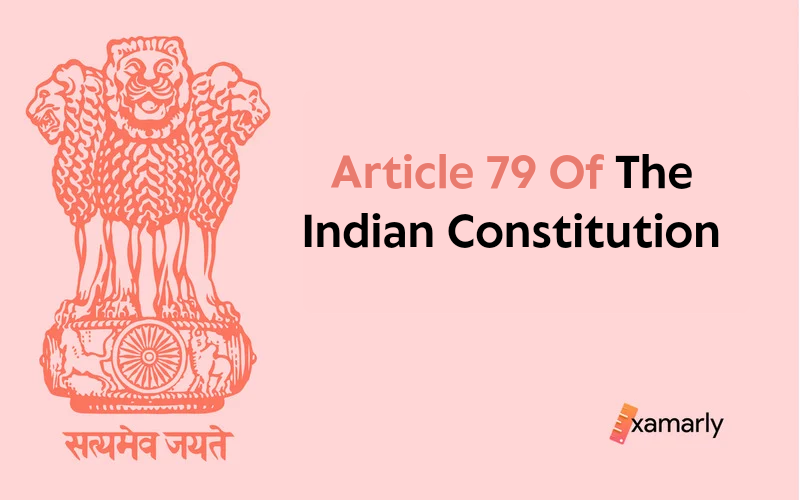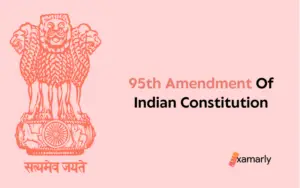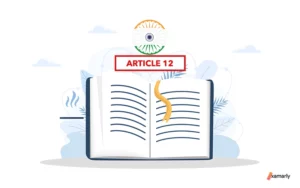The highest legislative body in India is the Parliament. The President, the Rajya Sabha, and the Lok Sabha make up the Indian Parliament.
India’s Constitution became operative on January 26, 1950.
The Parliamentary Constitution is outlined in Article 79 of the Indian Constitution. This article is included in chapter II of Part V of the Constitution. Chapter II deals with the Parliament.
Read this article to explore what article 79 laid out the provisions regarding Parliamentary Constitution. This article is worth reading for competitive exams like UPSC.
Article 79 Of The Indian Constitution
According to Article 79, the Union shall have a Parliament.
According to this, the Parliament consists of the President, the Lower House, also known as the House of People, and the Upper House, also known as the Council of States.
Structure Of The Indian Parliament And Its Components
The President, the House of the People, and the Council of States are the three chambers that make up the Indian Parliament for the Union.
In 1954, the House of People and the Council of States acquired the Hindi names Lok Sabha and Rajya Sabha, respectively.
The three crucial elements are as follows under Article 79 of the Constitution:
President
- As the country’s highest formal authority, he or she is an essential member of the Parliament.
- The executive head of the Union is the President.
- The President does not sit in on the sessions of either House of Parliament and is not a member of either House.
Rajya Sabha
- Rajya Sabha is often called as Council of States or Upper House of the bicameral Parliament.
- This Parliamentary entity represents the States and the Union Territories of India.
- A maximum of 250 people can be a member of this permanent House of Parliament, not to exceed 238 representatives from the States and Union Territories, and 12 members to be chosen by the President from among those with special knowledge or experience in the fields of literature, science, art, and social service. This is according to Article 80 of the Constitution.
- There are now 245 seats in the Rajya Sabha. Twelve of them are presidentially nominated, and 233 of them represent the States and Union Territories.
Lok Sabha
- This is often referred to as the House of People or the Lower House of the bicameral Parliament.
- India’s citizens are all represented in the Lok Sabha. The Lok Sabha can have a maximum of 550 members.
- There are 545 members of the Lok Sabha as of right now.
- Of these, 530 are directly elected from the regional constituencies of the States, 13 are from Union Territories, and the President nominates two from the Anglo-Indian community.
For Further Readings:
Conclusion
India’s legislature is made up of the President, the Lok Sabha, and the Rajya Sabha. The President of India won’t be a member of either house of Parliament, hence they won’t attend meetings of the legislature.
The Parliamentary Constitution is addressed in Article 79.
FAQs
What Does Article 79 Of The Indian Constitution Mean?
The President, the Council of States, and the House of the People make up the Union Parliament’s council, according to Article 79 of the Indian Constitution
In What Part Of The Indian Constitution Is Article 79 To Be Found?
The Constitution of India contains Article 79 in Chapter II (Parliament) of Part V (Union).
Which Article Of The Constitution Addresses The Composition Of The Indian Parliament?
The composition of the parliament of the Union is outlined in Article 79 of the Constitution.






